| IWSG Blog Hop: Every month, the Insecure Writers Support Group poses an optional question that members can answer in their blog posts. Special thanks to Alex Cavanaugh for founding IWSG and to this month’s blog hop co-hosts: PK Hrezo, Cathrina Constantine, PJ Colando, Kim Lajevardi, and Sandra Cox. |
What is your favorite writing craft book?

Here's the official description: The key to excellent fiction lies in its characters: the unforgettable protagonists, antagonists, and secondary characters who populate the world of your story. Understanding and effectively using point of view allows you to write a powerful narrative that draws readers in and engages them with characters in a meaningful way.
The Elements of Style by William Strunk Jr., E.B. White. This writing classic makes it easy to look up problematic word usage, like lie vs. lay.
Writing Irresistible KidLit: The Ultimate Guide to Crafting Fiction for Young Adult and Middle Grade Readers by Mary Kole. Geared toward children’s writers, this guide provides many examples.
Self-Editing for Fiction Writers: How to Edit Yourself Into Print by Renni Browne and Dave King. My copy has lots of highlighting. (And I’m using the passive voice here on purpose!)
Save the Cat!: The Last Book on Screenwriting You’ll Ever Need by Blake Snyder. Although this is geared toward screenwriters, there is lots of useful storytelling information for novelists as well. (There is a “novel” version of this guide, but I haven’t read it yet.)
What To Do Before Your Book Launch by M.J. Rose and Randy Susan Meyers. Sometimes book marketing is overwhelming. And sometimes even books about marketing can be overwhelming. Not this one! This guide is helpful and succinct. It contains useful lists and a great sample timeline of activities.
Sell Your Book Like Wildfire: The Writer's Guide to Marketing & Publicity by Rob Eager. Chapter 14 is dedicated to fiction writers and this book contains an interesting section explaining Amazon rankings.
Everyday Book Marketing: Promotion Ideas to Fit Your Regularly Scheduled Life by Midge Raymond. This book is divided into useful sections that each end with ideas on how to break the big steps into manageable ones. The end of the book contains some interesting interviews with authors and experts.
Promote Your Book: Over 250 Proven, Low-Cost Tips and Techniques for the Enterprising Author by Patricia Fry. The techniques are geared toward self-published writers but some of information can be useful to the traditionally published as well.
I'd Rather Be Writing by Marcia Golub. Golub’s book may not be as well-known as some of the others, but her combination of humor and practicality (“try this” exercises) are effective when you’re not feeling motivated.
The Dark Fantastic: Race and the Imagination from Harry Potter to the Hunger Games by Ebony Elizabeth Thomas is an in-depth analysis with specific examples of writing, race, and fantasy.
Escaping into the Open: The Art of Writing True by Elizabeth Berg. Berg follows each of her helpful essays with homework assignments.
Writing Down the Bones: Freeing the Writer Within by Natalie Goldberg. A classic book of writing advice broken into short essays.
On Writing: A Memoir of the Craft by Stephen King combines memoir with craft advice in a practical, no-nonsense style. From the spike in his bedroom wall for rejection letters when he was fourteen, to his wife taking the Carrie manuscript from his garbage can, King shares his creative struggles. Each time I read this memoir, I take something new away from it.
A Dash of Style: The Art and Mastery of Punctuation by Noah Lukeman is a thoroughly enjoyable read about punctuation and how it can change the written expression. The essay about commas was my personal favorite.
Story by Robert McKee
The Anti-Racist Writing Workshop by Felicia Rose Chavez
A Poetry Handbook by Mary Oliver


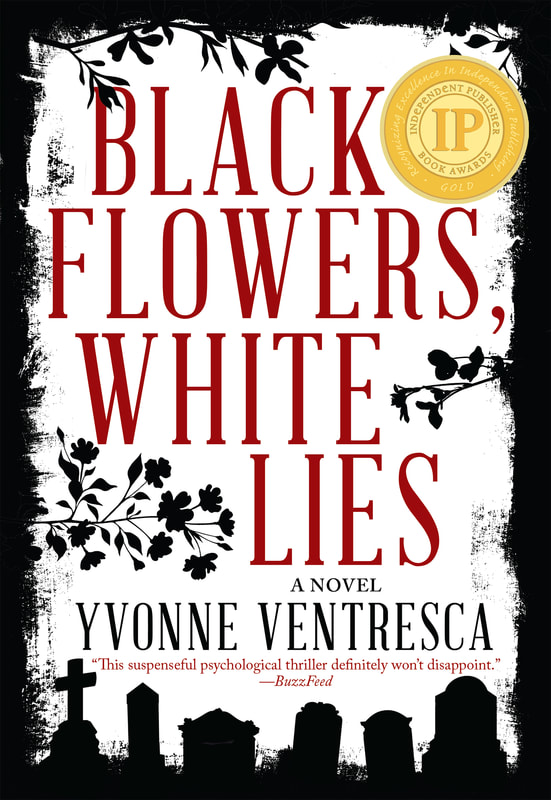
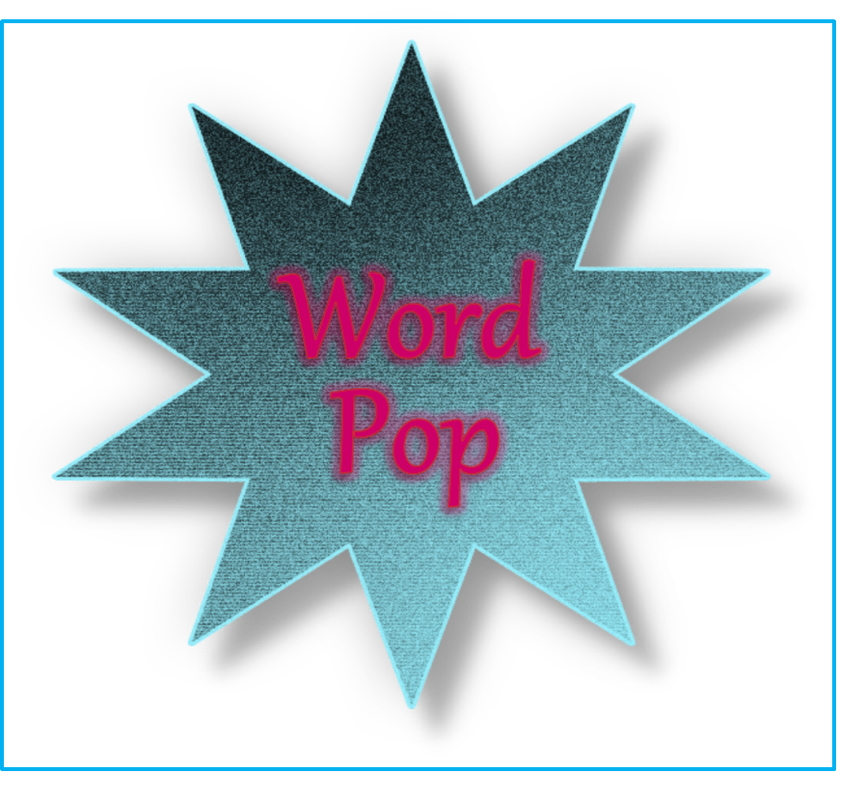
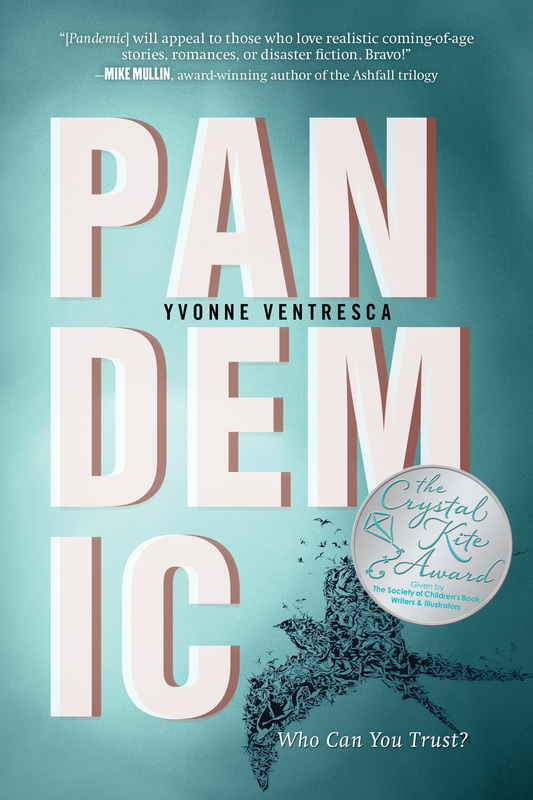
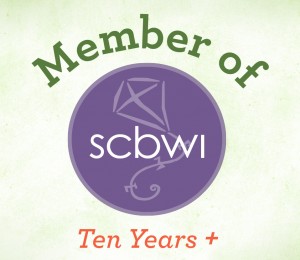

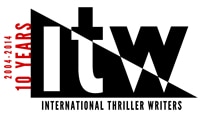
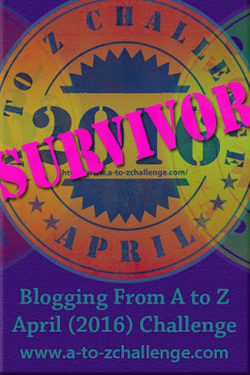
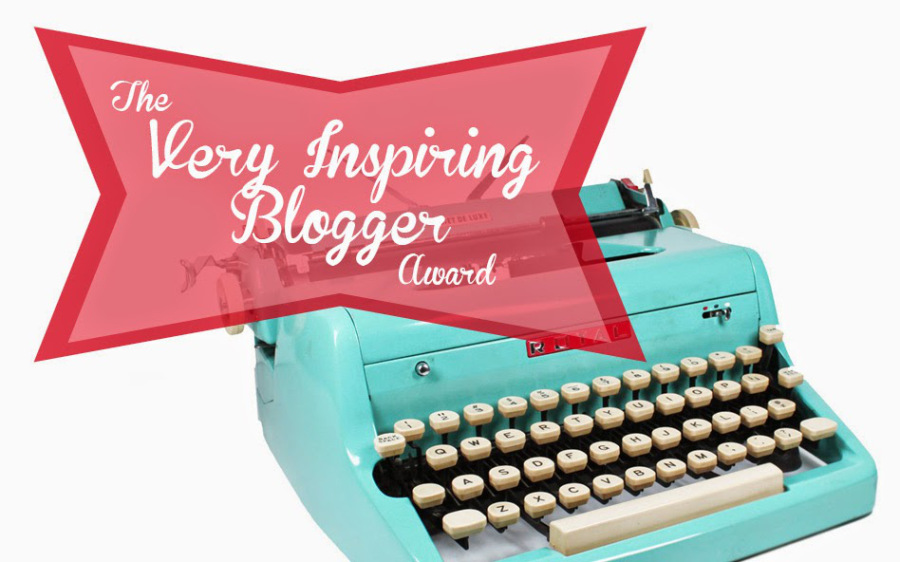
 RSS Feed
RSS Feed